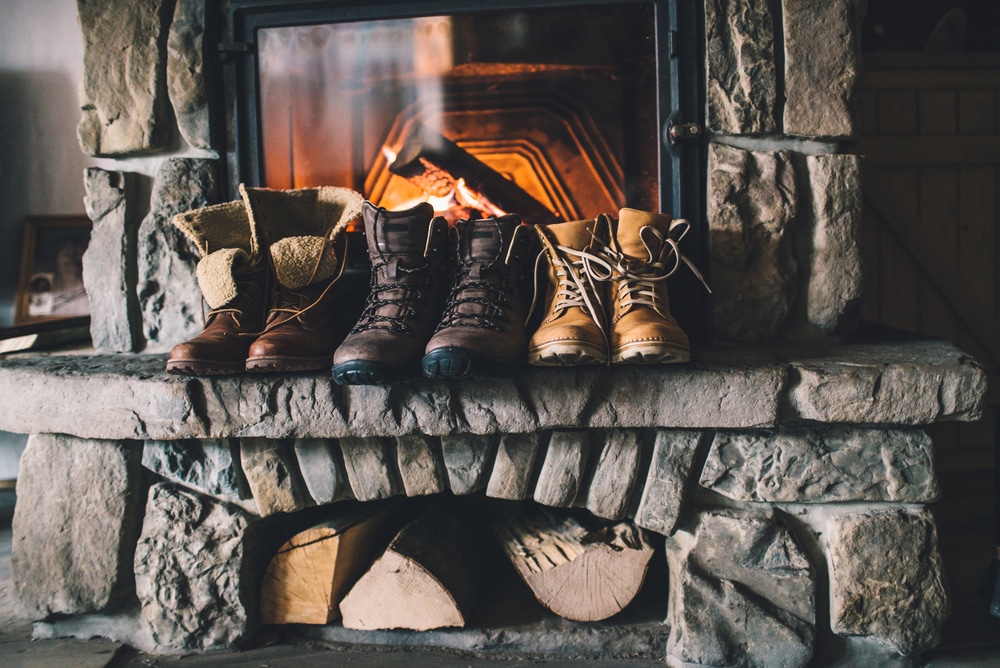Anchorage is facing what is expected to be one of the worst snow storms of the 2016-2017 season. But don’t forget that our coldest months are yet to come. If you are noticing some rooms in your home are much colder than others as you move through your house, you may not have a zone control system to maintain even heat throughout.
As we know, heat rises so having only one thermostat per house usually means that the downstairs is too cold and upstairs is too hot: nowhere in your house is just right. Zoning can fix that. You can create heating zones in your home based on the usage with a thermostat for each zone. Then the temperature of that zone is regulated separately from the other zones. For example, if you have three thermostats, you will have three different zones. For example, zoning allows you to keep the downstairs of your home warm without baking everyone who is upstairs.
How Zone Control Systems Work
There are three distinct parts of a zoning system. You have the thermostats in each zone, the dampers, and the main control panel. The system works by getting signals from a thermostat in a particular zone that needs more heat, let’s say the ground floor of your home. The control panel then sends a signal to the heating system in your home that more heat is needed. Now without a zone control system, the heat that is going to flood your ductwork would go throughout the house, even to areas that were already warm.
With a zone control system, dampers close off already cozy zones from the heated air, and it gets directed to the areas that need it. In our example above, that would be the ground floor. The dampers will all open once the zone is at the right temperature, which ensures there is still air flow throughout the house.
Common Zone Needs
Multi-story Homes: Because hot air rises and cold air falls, having multiple stories in a home is the most common scenario we see in which having zones makes a huge difference in comfort and even cost savings.
Life Changes: Over the course of a family’s time in a home, the way they use it tends to change. Scenarios like the addition of new children, kids leaving for college or to start their own families often changes the way rooms are used. For example, you may want the heat to be higher in the baby’s room than it is in a now spare bedroom downstairs that is rarely used.
Adding On: If you chose to put an addition on your home it usually improves its value, which is a great thing. However, that extra space can change the way your house needs to be heated. You can adjust the zones of a house to accommodate for additions. This can save you money as well as wear and tear on your heating system.
Exposure to the Sun: Is your living room southern facing? Are your bedrooms on the northern end of the house? Then your living room probably doesn’t need as much heat in the winter as your bedrooms do. The southern sun can keep an area warmer than areas that don’t get as much sun, especially later on in the day.
Figuring out how many zones you need and how to split them up is a good discussion to have with your heating specialist. They can walk you through how you use your home and work out the best way to configure the zoning to keep you comfortable through the cold Anchorage days and nights to come.


